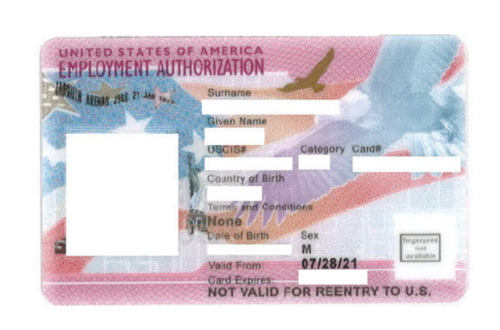
Updates on U.S.-Mexico Border Changes Since Title 42 Has Expired
With the expiration of Title 42, a rule that allowed officials to turn away migrants due to the COVID-19 pandemic, the United States government has implemented new measures regarding immigration at the U.S.-Mexico border. They will use a faster process called expedited removal to deport migrants quickly.
Expedited removal is the quick deportation of migrants who do not qualify for asylum or other forms of relief to stay in the United States. For migrants who do to reach the southern U.S. border, additional regulations have been put in place. They are now required to schedule an appointment using the CBP One phone app to claim asylum. Also, if they failed to seek protection in other countries or did not use legal pathways to enter the U.S., they may be considered ineligible for asylum.
Implementing expedited removal is part of President Biden’s strategy to address immigration and enforce border control. The approach involves creating legal pathways for migrants to enter and remain in the United States while also adopting stricter measures for those who enter unlawfully. Critics of expedited removal have voiced their concerns about potential violations of migrants’ rights and the possibility of returning them to dangerous situations without giving them a fair opportunity to seek asylum.
The need for a faster deportation process arises from a big backlog of immigration cases pending in U.S. immigration courts. These courts are facing a 2.1 million case backlog, and it can take about 4.5 years to decide each case. By implementing expedited removal, U.S. officials can speed up the process to deport someone without the cases going into the immigration court system.
These changes are part of a comprehensive plan to strengthen immigration policies at the U.S.-Mexico border. The government is collaborating with other nations to come up with agreements to send migrants back to their home countries and is increasing the number of removal flights.
Overall, the government wants to create consequences for people who come to the border illegally and to take care of those who qualify for relief. However, some advocates and legal groups are closely watching the situation and may challenge the government’s policies in court.


